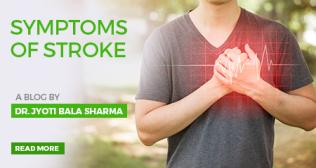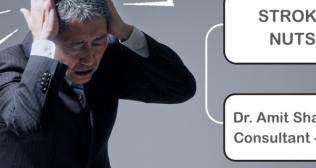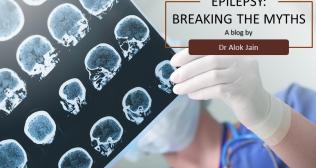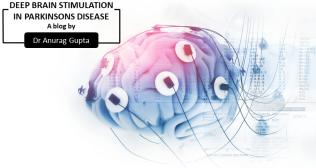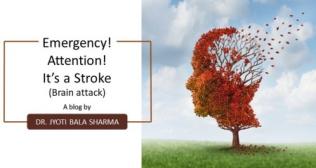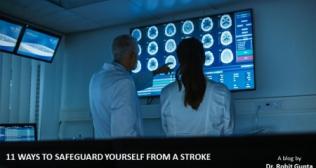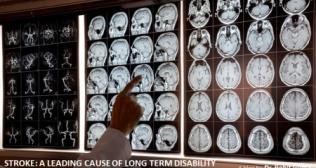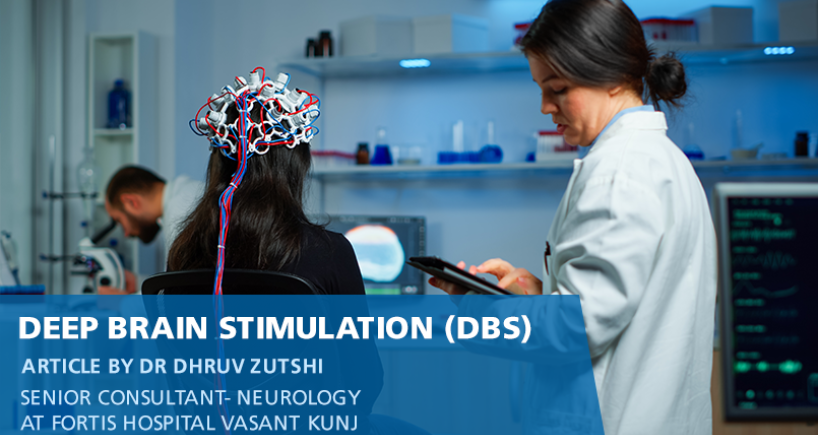
Deep Brain Stimulation
Q: What is DBS?
A: Deep brain stimulation (DBS) is a neurosurgical procedure involving the placement of a medical device called a neurostimulator, which sends electrical impulses, through implanted electrodes, to specific targets in the brain (the brain nucleus) for the treatment of movement disorders, including Parkinson's disease, essential tremor, dystoni
Q :How DBS works ?
A: The connections in the brain circuits are similar to the electrical wiring in your house or car. If one circuit malfunctions, it can disrupt the entire system. Research has shown that in PD there are faulty signals in several brain circuits. These faulty or disruptive signals seem to underpin many of the symptoms of PD (e.g., slowed movement, tremor, and stiffness). When electricity is introduced into the circuit it “disrupts the disruption,” restoring order and improving disabling symptoms. The electric current is thought to inhibit cell firing, excite the axons (the pipes), and release calcium from brain cells called astrocytes. Calcium seems to trigger a series of reactions that leads to the release of chemicals called neurotransmitters and the stimulation of blood flow
Q: Is DBS a cure for Parkinson’s disease?
A: No, DBS is not a cure for PD. It is a treatment that helps relieve the motor symptoms of PD, as well as some of the non-motor symptoms. It is called a symptomatic therapy; it does not change disease progression.
Q: What symptoms does DBS help?
A: DBS can help improve the motor symptoms of PD. Typically, these are: Tremor. Complete or partial tremor suppression Rigidity, or stiffness Bradykinesia, or slowness of movement.
Q: Who is DBS is recommended to?
A: It is recommended for people who have PD with motor fluctuations and tremor inadequately controlled by medication, or to those who are intolerant to medication, as long as they do not have severe neuropsychiatric problems. Selection of the correct DBS target is a complicated process. Multiple clinical characteristics are used to select the target including – identifying the most troublesome symptoms, the dose of levodopa that the patient is currently taking, the effects and side-effects of current medications and concurrent problems.
Q: What are the risks and complications of DBS?
A: The major complications include hemorrhage (1–2%) and infection (3–5%). The potential exists for neuropsychiatric side effects after DBS, including apathy, hallucinations, hypersexuality, cognitive dysfunction, depression, and euphoria.









